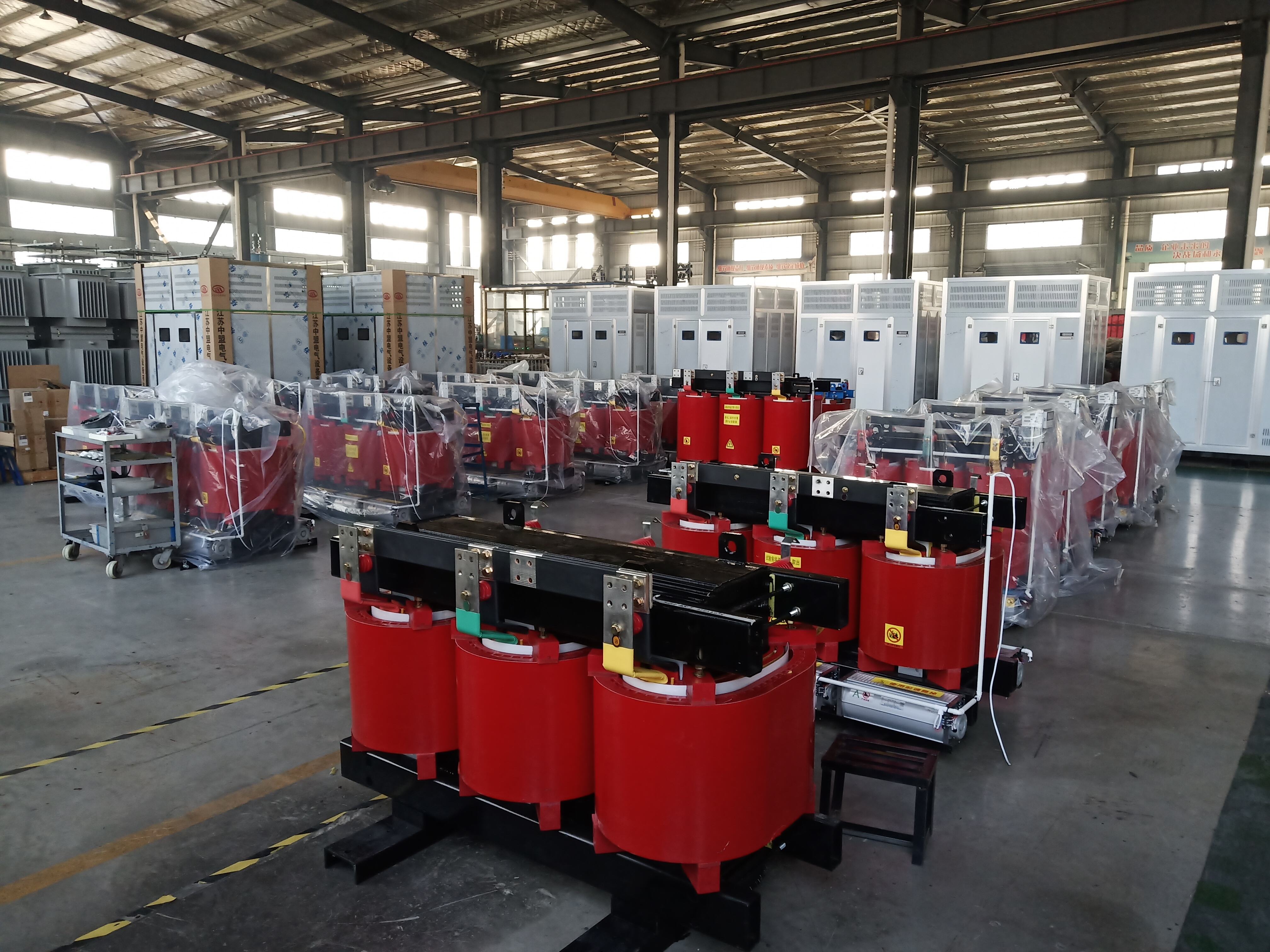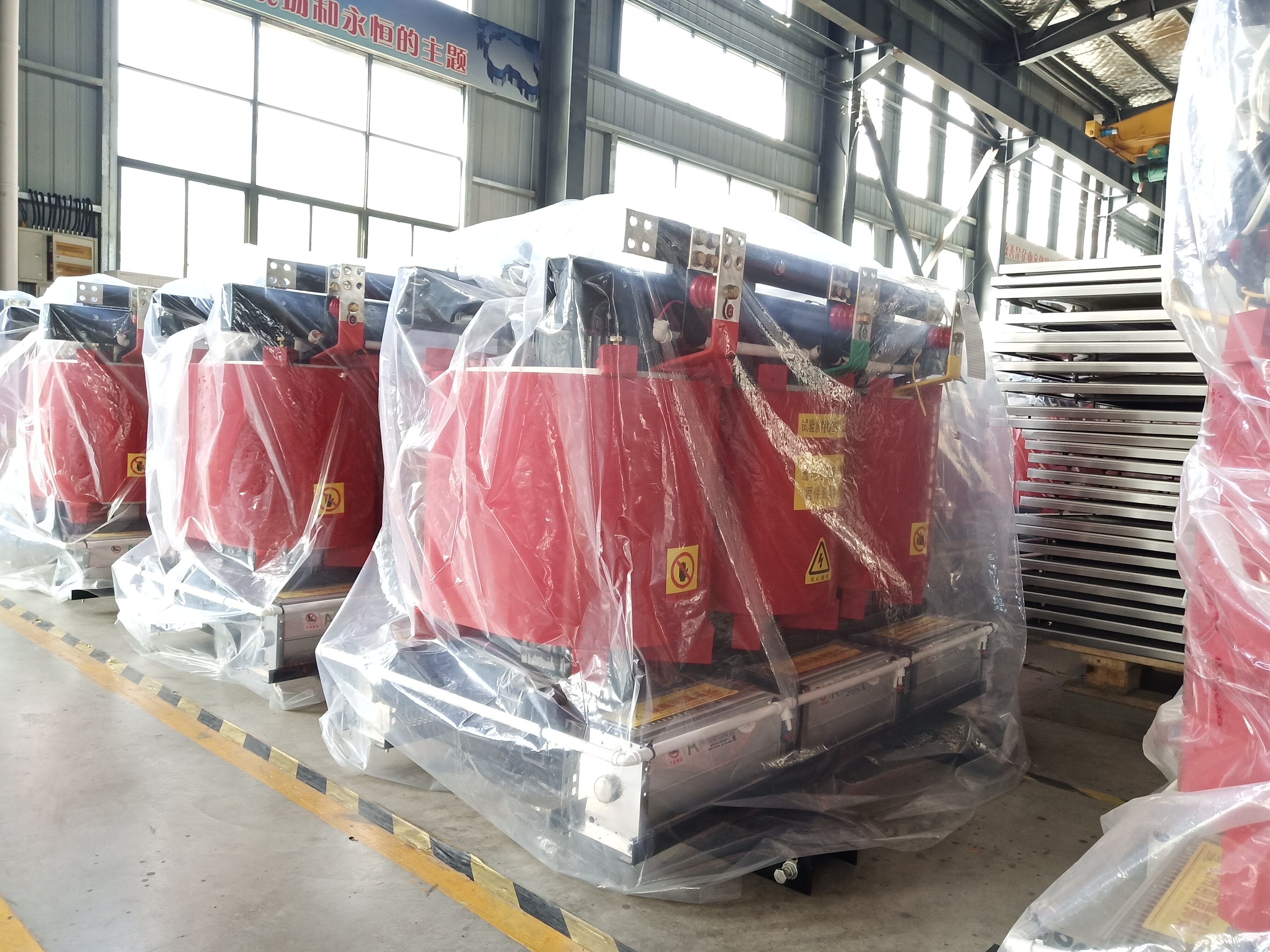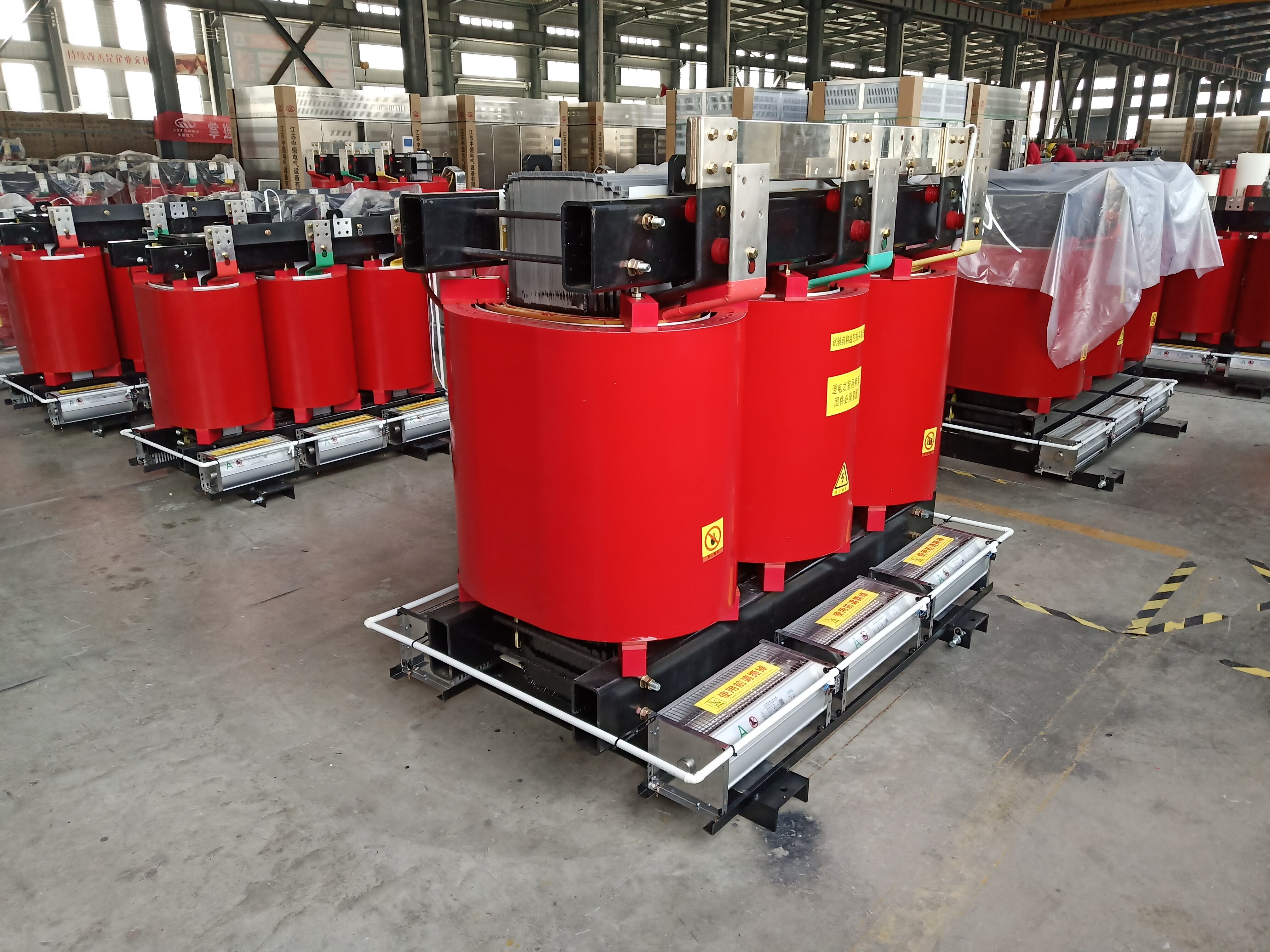residential distribution transformer
A residential distribution transformer is a crucial electrical device that serves as the final link in the power distribution chain, converting high-voltage electricity from utility power lines into lower, safer voltages suitable for household use. These transformers are typically mounted on utility poles or installed in underground vaults near residential areas. They operate through electromagnetic induction, utilizing primary and secondary windings wrapped around a steel core to step down voltage levels from several thousand volts to the standard residential voltage of 120/240 volts. Modern residential distribution transformers incorporate advanced features such as thermal protection systems, surge suppression capabilities, and weather-resistant enclosures. They are designed to handle varying load demands throughout the day while maintaining stable voltage output. These transformers also include built-in safety mechanisms to protect against overloading, short circuits, and other electrical anomalies. The design prioritizes energy efficiency, with many models achieving up to 98% efficiency in power conversion, helping to minimize energy losses during distribution. They are constructed to withstand extreme weather conditions and provide reliable service for decades with minimal maintenance requirements.


